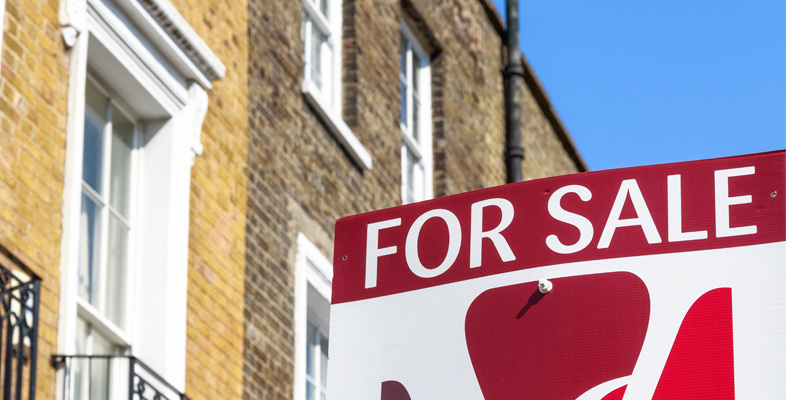3.5 Comparing mortgage costs
Let’s focus on Meiling’s buying process in more detail. She has found a house she likes, and her offer of £141,500 has been accepted. After allowing for other upfront costs, she can afford to put down a sizeable £41,500 as a deposit, which means she needs a mortgage loan of £100,000. She has shopped around and is undecided between these two repayment-mortgage options:
- Mortgage 1: A 25-year discounted mortgage at a variable rate currently 1.64% for the first 24 monthly payments followed by the standard variable rate at 4.49% for the remaining 276 payments. Her mortgage quote says the Annual Percentage Rate (APR) is 4.16% (see below for an explanation of APR). The lender tells Meiling that (assuming no change in interest rates) her repayments during the discount period will be £406.00 per month, rising to £538.68 per month after the end of the discount period. The total amount she is projected to pay back over the life of the mortgage is (24 × £406.00) + (276 × £538.68) = £158,419.68.
- Mortgage 2: A standard variable rate repayment mortgage with an APR of 3.70% and a term of 25 years.
- Study note: The APR is a standardised way of expressing the yearly cost of a loan that takes account of the interest and any planned changes in the rate, any other compulsory charges and when all these costs have to be paid. You do not need to know how to work out the APR, only that you can use it to compare the cost of one loan with another. The higher the APR, the more expensive the loan. Factors that will tend to increase the APR include, for example, high interest charges and/or a long repayment term.
Based on the APR, Mortgage 2 is a bit cheaper (3.70% APR is lower than 4.16%), but Meiling is also interested in her monthly cash flow and wants to know what her monthly repayments would be with the second mortgage. You will now use a Mortgage calculator provided with this course to work this out. Activity 8 takes you through the steps.
Activity 8 Comparing repayment mortgages
Open the Mortgage calculator [Tip: hold Ctrl and click a link to open it in a new tab. (Hide tip)] .
To run this calculator, you need a version of Microsoft Excel or its equivalent.
- Given the details about Meiling and Mortgage 2 above, enter the information asked for in the ‘Inputs’ section of the calculator. Then select ‘Reveal comment’ to check you have entered the right information.
Discussion
The figures you enter in the calculator should be as shown in Table 1.
| Amount to borrow | 100,000.00 |
| Terms (years) | 25 |
| Interest rate (APR) | 3.70% |
- How much will Meiling have to pay each month and how much will she repay in total with Mortgage 2?
Discussion
The answers in the Mortgage calculator should look like Table 2. You need to select the monthly payments for the repayment mortgage, which is £508.09.
| Monthly payments | Total repaid | |
|---|---|---|
| Repayment mortgage | 508.09 | 152,427.88 |
| Interest-only mortgage | 303.22 | 190,967.46 |
- Give one advantage and one disadvantage to Meiling of choosing Mortgage 2 rather than Mortgage 1.
Discussion
An advantage of Mortgage 2 is that it is cheaper than Mortgage 1. You already know this because its APR is lower than that for Mortgage 1. You can also see that the total repaid is lower for Mortgage 2 (£152,427.88) than for Mortgage 1 (£158,419.68).
A disadvantage of Mortgage 2 is that the monthly payments, which are assumed to be constant throughout at £508.09, are much higher in the first two years than the early payments for the discounted-rate mortgage (assumed to be constant at £406.00 throughout the discount period). If Meiling’s budget is stretched in the first couple of years, she might prefer the discounted-rate mortgage even though it is more expensive overall, especially if she plans to switch to another mortgage lender after the end of the discount period (as borrowers commonly do).
